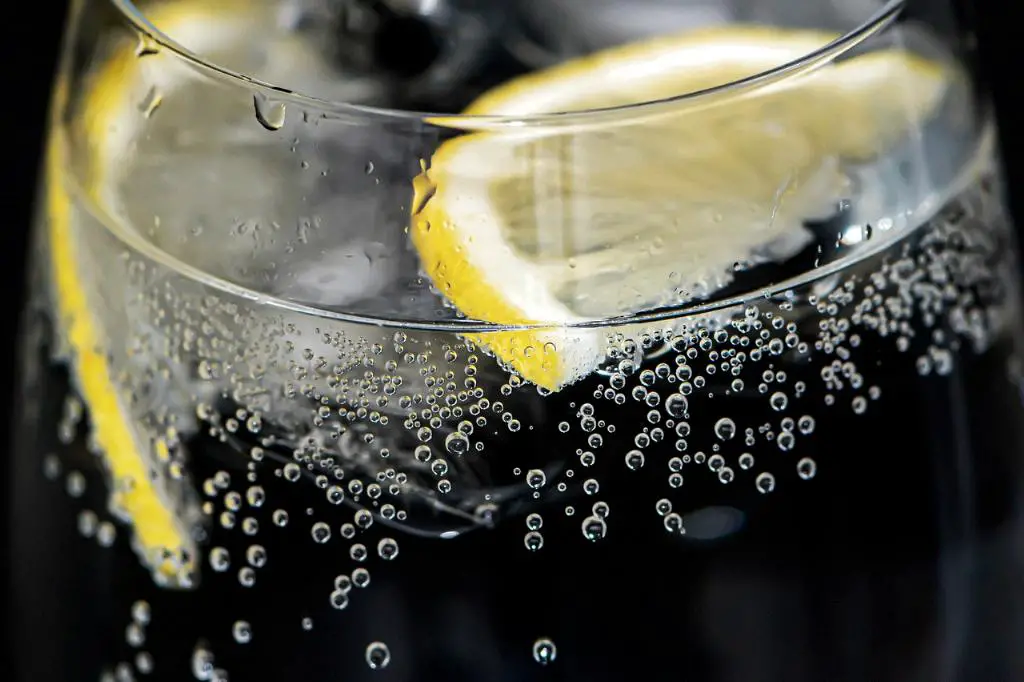Hogarth’s iconic paintings, “Beer Street” and “Gin Lane,” provide a stark contrast between two societies in 18th-century England. In “Beer Street,” we witness an idyllic scene, bustling with activity and a sense of communal harmony. On the other hand, “Gin Lane” unveils a disturbing portrait of a society gripped by the destructive influence of excessive gin consumption. Let’s delve deeper into the notable differences between these two contrasting scenes.
1. Societal Perception and Values
Beer Street represents a society that prides itself on the virtues of moderation, hard work, and community cohesion. The individuals depicted in this painting indulge in the consumption of beer, a staple of British culture, with a sense of responsibility and enjoyment. In contrast, Gin Lane exposes the darker underbelly of society, characterized by the overindulgence and moral degradation associated with excessive gin consumption.
2. Economic Factors
One significant contrast between the two images lies in their economic implications. Beer Street amplifies the positive impact of beer consumption on the local economy. It portrays a thriving industry supported by domestic production, where patrons enjoy their beverages, fostering prosperity for both brewers and the working class. Conversely, Gin Lane depicts the devastating economic consequences of a society centered around gin. It highlights the loss of productivity, poverty, and the negative impact on local businesses.
3. Health and Well-being
The health implications of the two scenes couldn’t be more different. Beer Street showcases a population that seems healthy, robust, and physically active. The individuals engage in socializing and leisure activities while still maintaining a sense of balance. In stark contrast, Gin Lane exposes the detrimental effects of excessive gin consumption. Its inhabitants are depicted as emaciated, diseased, and plagued by moral decay, symbolizing the physical and mental deterioration resulting from the consumption of cheap gin.
4. Moral and Social Responsibility
The presence of moral and social responsibility is another key contrast between Beer Street and Gin Lane. In Beer Street, there is a sense of collective responsibility and duty towards one another. The painting demonstrates the importance of a strong social fabric, where individuals look out for each other’s well-being. Conversely, Gin Lane highlights the consequences of a society disregarding moral responsibility and succumbing to the vices associated with excessive gin consumption, such as neglecting children and indulging in immoral behavior.
5. Government Intervention and Regulation
The paintings also underscore the role of government intervention and regulation in societal well-being. In Beer Street, we see the King on the far left, a symbol of the monarchy’s support for the moderate consumption of beer and the associated positive economic impact. In contrast, Gin Lane portrays a lack of government intervention, allowing the negative consequences of excessive gin consumption to proliferate.
6. Symbolism and Cultural Significance
Both Beer Street and Gin Lane possess powerful symbolism, reflecting the cultural significance of these beverages in 18th-century England. Beer, with its rich history and traditional roots, is embraced as a symbol of national pride, unity, and stability. In contrast, gin, a relatively new import, represents the dangers of vice, immorality, and unchecked indulgence.
Conclusion
Hogarth’s contrasting paintings, Beer Street and Gin Lane, offer a thought-provoking glimpse into two very different societies. While Beer Street embodies the ideals of a responsible, prosperous, and tightly knit community, Gin Lane serves as a cautionary tale about the devastating consequences of excessive gin consumption on individuals, families, and society at large. These paintings serve as powerful reminders of the importance of balance, moderation, and the need for responsible consumption.

